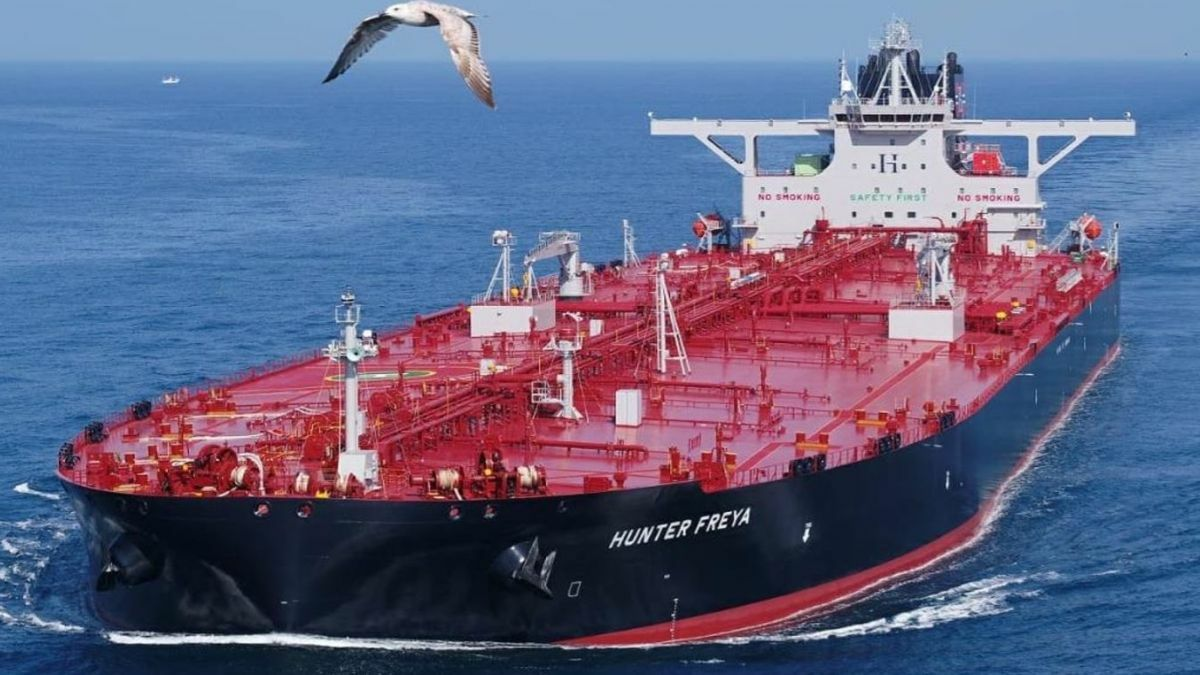Data from Tankers International shows that there are currently about 130 very large crude carriers (VLCCs) over 20 years old still in operation, compared with less than 20 five years ago.

Although the VLCC fleet is aging, the current number of new ship orders is obviously insufficient, which means that the renewal speed of the VLCC fleet continues to be sluggish. In 2024, only one VLCC will be delivered worldwide, and the planned delivery volume in 2025 is only 5.
Tankers International said that the current situation presents a contradiction: although the fleet is growing, the effective supply is stagnant or declining. The hesitation of shipowners in shipbuilding decisions and the bottleneck problems faced by shipyards have affected the next wave of new shipbuilding plans, while old ships are struggling due to declining efficiency. The VLCC market is facing a long-term supply shortage.
In response, tight supply in terms of viable VLCCs that can be traded globally has led to an increase in freight rates this month. For example, on April 24, the freight rate for the TD3C route from the Middle East to Asia increased by $2,100/day to $55,000/day.
In a shipping report, Swedbank SEB also noted, “The reduced number of available vessels is forcing charterers to act quickly to avoid falling behind in this strengthening market. Unlike previous sharp spikes, the gradual rate increases have fueled optimism among shipowners for continued rate increases, which has been supported by tightening vessel supply.”


